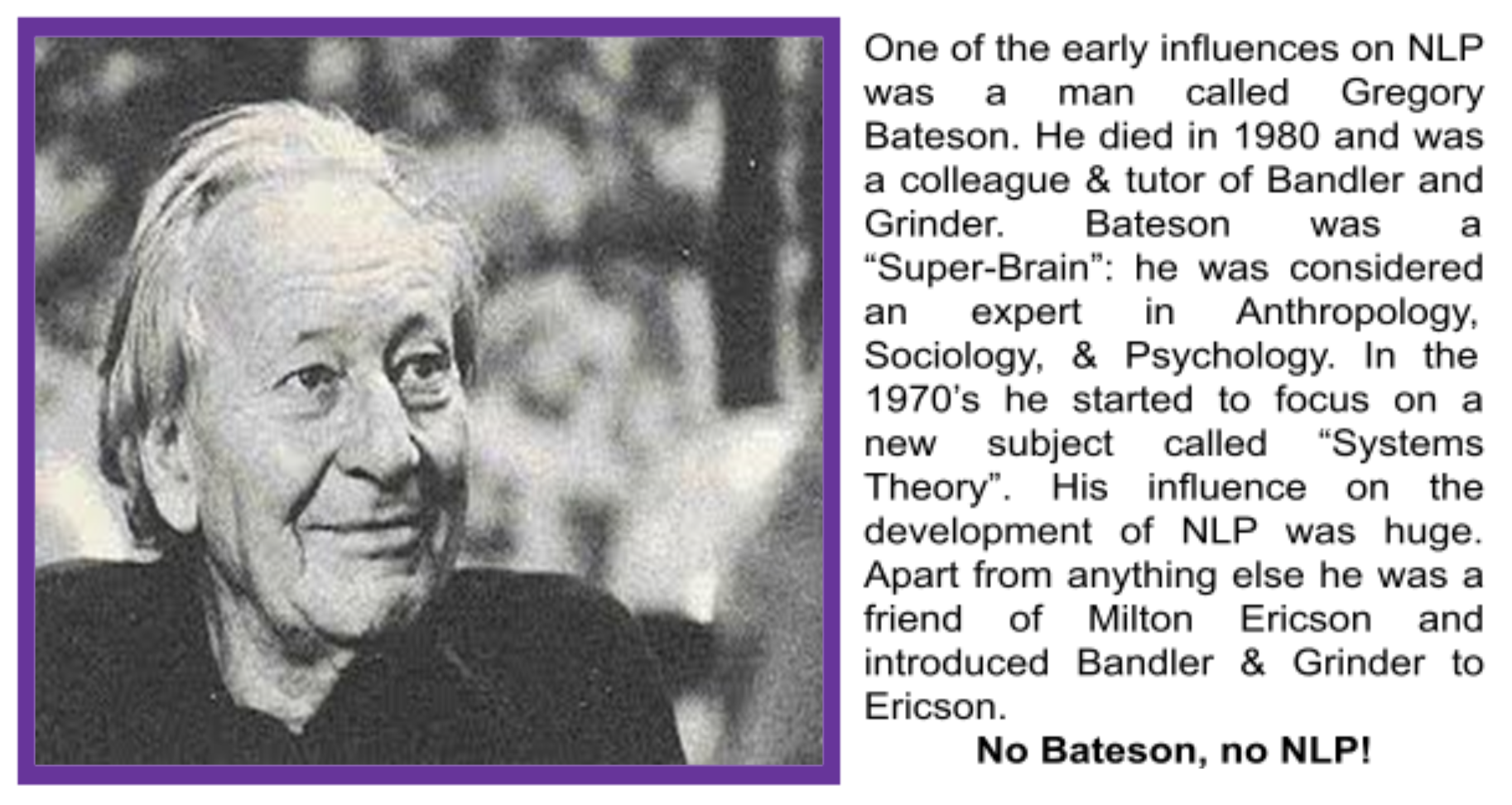18
MENTAL HEALTH PROMOTION
MENTAL HEALTH PROMOTION
Содержание
This Learning Playlist is part of the international training course Mental Health Promotion in the Youth Field. There are 3 parts to this training.
Before the Mobility
Participants of this international training course are requested to prepare by doing some research into the NLP that we will use as a model for our learning about Mental Health Promotion. They do this through the Learning Activities:
- What is NLP
- History of NLP
- NLP and System Theory
The First Part of the Mobility
For the first 6 days of the Mobility, participants will experience youth work activities and reflect on their learning from that day using the following Learning Activities:
- Change the world, Change your mind
- Step by Step to great Rapport
- Sensory Acquity, Mind-reading for beginners
- Building the Picture, Setting the Outcomes
- Tools and techniques - 1
- Tools and techniques - 2
The Second Part of the Mobility
Participants will transfer their learning into (digital) learning activities for the people they work with and participate in a youth work market with local youth work organisations.
LifeComp competence framework
To support recognition of non-formal learning and to support the development of the “Personal, Social and Learning to Learn” skills within youth work we make in this training an connection between the learning happening during the training and the LifeComp Competence Framework.
Spcifically will be worked on the following skill zones: flexibility, growth mindset, critical thinking, collaboration, self-regulation, communication, empathy, well-being and managing learning.
Open Badges
In each Learning Activity and for the total Learning Playlist participants can earn Open Badges. Sometimes the badges will be issued via checking evidence by accredited NLP practisioners, other times via international trainers and also via self-assessment by the earners itself.
This project is co-funded by ErasmusPlus
Мероприятия для завершения
Выполняйте задания в треках ниже, получайте бейджи и наблюдайте за своим прогрессом
Содержание

A “System” to Bateson and his friends is a group of things that when they are put together in a certain way become greater than the sum of their parts. What??? For example: a pile of bricks when put together in a certain way with some cement, wood, glass, pipes and wire becomes a system called a “House”. The house is “more than” just bricks + cement + wood + glass + pipes + wires. People come and live in it and it becomes a home. People buy and sell houses, so they have a money value that has nothing to do with the cost of the “ingredients” of the house.When a system is working well we get what is called “Synergy”.
Получить бейдж за трек
NLP and Systems Theory Получить бейдж
NLP treats people as very complex, unique, highly organised and (usually) effective systems. These systems then interact with other systems. To understand NLP, participants have to show that they understand this idea and that by changing one part of a personal system there will often be other consequences. It’s like when someone stops smoking, it’s not unusual that they might put-on some weight.
This badge shows that the participant of the international training, “Mental Health Promotion in the Youth Field”, has a grasp of the very basic ideas behind Systems Theory.
Задания
Задание номер 1
Доказательства проверены: од_на организатор_ка мероприятия
- In just one or two sentences can you give a definition of what you think a system is?
- In Systems Theory, tell us what “Feedback” is.
- In Systems Theory, what is meant by “Ecology”?
Умения
#Mental Health Promotion
ESCO
#campaign for youth work in the local community
LIFECOMP
#Flexibility
LIFECOMP
#Growth mindset
LIFECOMP
#Critical thinking
ESCO
#develop international cooperation strategies
ESCO
#give massages
LIFECOMP
#Collaboration
LIFECOMP
#Self-regulation
ESCO
#communicate on the youth's well-being
ESCO
#talk with the selected community
ESCO
#work in partnership with social services users
ESCO
#relaxation methods
ESCO
#seek innovation in current practices
ESCO
#check story
LIFECOMP
#Communication
LIFECOMP
#Empathy
LIFECOMP
#Wellbeing
ESCO
#promote mental health
LIFECOMP
#Managing learning
Мероприятия: 17
Начато: 56
Завершенный плейлист: 12
Время на выполнение: 16 дней 9 часов 15 минут
Поделиться:
Организаторы
Cities of Learning Network
Badge issuer recognized with
Badgecraft размещает эту платформу и разрабатывает ее вместе с ведущими образовательными организациями. Программа Европейского Союза Erasmus+ выделила софинансирование для создания первой версии этой платформы. Свяжитесь с support@badgecraft.eu.
Исследовать
Изменить язык:

